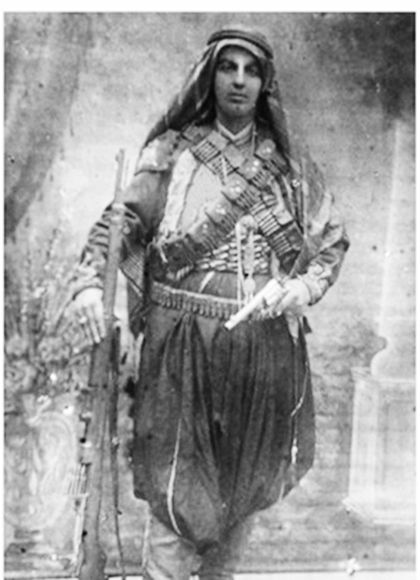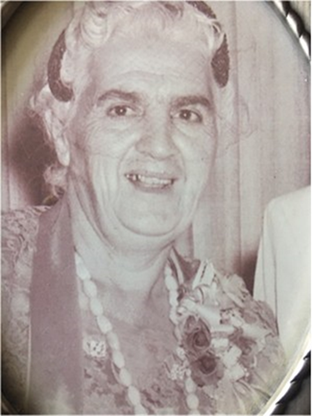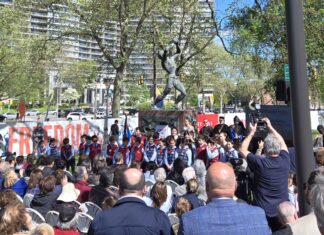DINUBA, CA — Mouth-watering lamb shish kebab is at the core of award-winning chef Jon Koobation’s Armenian heritage and family history. This recipe came from Jon’s beloved maternal grandmother, the late Hatoon Bazarian. Growing up in the small farm town of Dinuba, the sight of a pile of grape wood stumps in the backyard and the smell of the lamb cooking on skewers is something Jon will never forget from his childhood.
“When the shish kebab meat finished cooking, it was taken off the skewers and placed into a large pan or bowl that had been lined with fresh Armenian peda bread which had been brought to the table. We all grabbed for the warm bread which had soaked up the juices from the barbequed lamb. This family ritual was almost better than the meat itself,” he says. In honor of his grandmother, her authentic shish kebab recipe was served for many years at Jon’s Bear Club, Jon’s celebrated restaurant in Reedley, Calif., and is featured in Cooking With Jon, his acclaimed cookbook.

As a young woman, Jon says, Hatoon was a heroine to many people before she came to America, after her first husband and young child were killed. Her incredible story is presented in the award-winning film documentary, “Women of 1915.”
“The documentary combines facts and emotion to honor the brave and courageous women of the Armenian Genocide, many of whom lost their family and lives, survived to create new lives, or were forced into lives that were not their own. My grandmother appears in the film disguised as a young man protecting her town during the Armenian Genocide. She was a warrior and fighter for her country. At the risk of her own life, my grandmother was able to escape the brutal tyranny by fleeing to Syria, where she emerged as a courageous freedom fighter, defending her family and friends during World War I,” he adds.
“In 1922, she immigrated to the United States, met my grandfather, Harry Bazarian, in Detroit, Mich., and they were married. They came to California and settled in the San Joaquin Valley, where she became a proud citizen, and began a new life and a family, grateful for the countless opportunities this land afforded. In her lifetime, this remarkable woman taught us so many things, but she never let her painful past hold her back or make her bitter — she moved on with her life through the sheer power of optimism, love, and hope,” says Jon.
As Reverend A.K. Chakmakian said upon her death in 1969, “Born in Fundijak, near Marash, Armenia, on February 15, 1898, Hatoon Bazarian was one of six daughters and one son born to her parents John and Hoopik Yapujian. She had been a helper of her father as a shepherdess rather than attending school. During the flights of Armenian self-defense in World War I, she took up arms with her people in her hometown; was severely wounded and hid herself among the dead feigning death when her life…and she was put in an orphanage with her sisters and many other Armenian girls. Soon the Turkish Government gave orders for general deportations of all Armenians, and Hatoon accompanied her dear ones in their march of death to the deserts of Syria. The city of Homs in hunger and disease for over three years.”











